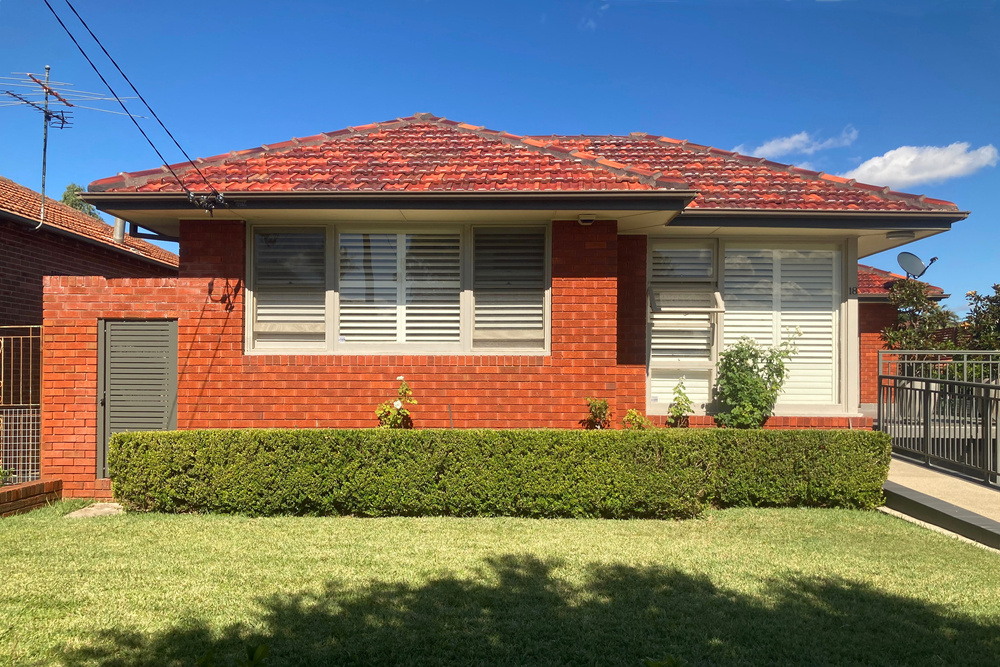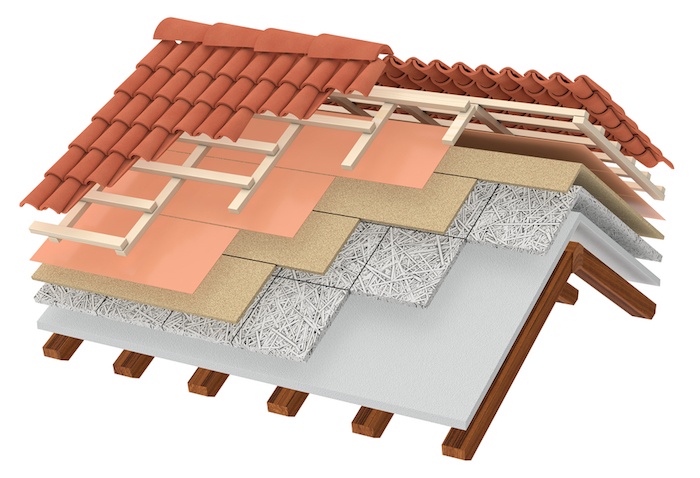
Jul
Roofing Glossary

You think it’s time to replace your roof, you go to have a meeting about it, and you’re a little overwhelmed, there’s a lot more to a roof than the eyes can see. How many hips will your roof feature? What about the substrate? What slope do you want yout think you want your new roof to have? You hear a lot of terms that you might not yet understand, in this post we share a glossary of some of the most common but important terms when it comes to your roof to help you get the roof you really want and need.
Abutment - the junction of a roof, where the roof tiles meets a brick or timber structure.
Aluminum - a non-rusting metal sometimes used for metal roofing and flashing.
Apex - the intersection of all ascending hips where they meet either a ride or another ascending hip (also known as a three-or-four way fitting used to cover this point.
Base Flashing (membrane base flashing) - plies or strips roof membrane material used to close-off and/or seal a roof at the roof-to-vertical intersections, such as at a roof-to-wall juncture. Membrane base flashing covers the edge of the field membrane (see Flashing)
Bitumen - a class of amorphous, black or dark coloured (solid, semi-solid, or viscous) cementitious substances, natural or manufactured, composed principally of high molecular weight hydrocarbons, soluble in carbon disulfide, and found in petroleum asphalts, coal tars and pitches, wood tars and asphalts
Cap Flashing - usually composed of metal, used to cover or shield the upper edges of the membrane base flashing, wall flashing, primary flashing (see Flashing).
Caulking - the physical process of sealing a joint or juncture; sealing and making weather-tight the joints, seams, or voids between adjacent units by filling with a sealant.
Cellulose Fibre - created by dissolving natural materials such as cellulouse or wood pupl, which are then regenerate by extrusion and precipitation. A popular choice for insulation.
Coating - a layer of material spread over a surface for protection or decoration. Coatings for SPF are generally liquids, semi-liquids, or mastics; spray, roller, or brush applied; and cured to an elastomeric consistency.
Colorbond - Colorbond steel is produced with a zincalume base to provide corrosion resistance and then covered with a chemically applied conversion layer to enhance coating adhesion. On top of this goes a baked on epoxy primer and finally a baked on exterior grade top-coat.
Dead Level - especially horizontal or flat, as in a roof deck or rooftop with no intentional slope to the roof drains. Also referred to as zero (0) slope.
Dead Loads - permanent non-moving loads that result from the weight of a building’s structural and architectural components, mechanical and electrical equipment, and the roof assembly itself. Essentially the same as “dead weight” or “dead weight loads”.
Downpipes - a conduit used to carry runoff water from a scupper, conductor head, or gutter of a building to a lower roof level, or to the ground or storm water runoff system.
Eave - a projecting edge of a roof that extends beyond the supporting wall.
Expansion Joint - a structural separation between two building elements that allows free movement between the elements without damage to the roofing or waterproofing system.
Fascia - a vertical or steeply sloped roof or trim located at the perimeter of a building. Typically, it is a border for the low-slope roof system that waterproofs the interior portions of the building.
Fasteners - any of a wide variety of mechanical securement devices and assemblies, including nails, screws, cleats, clips and bolts, which may be used to secure various components of a roof assembly.
Felt - a flexible sheet manufactured by the interlocking of fibres through a combination of mechanical work, moisture, and heat. Roofing felts may be manufactured principally from wood pulp and vegetable fibres (organic felts), asbestos fibres (asbestos felts), glass fibres (fibreglass felts or ply sheet), or polyester fibres.
Flashing - components used to weatherproof or seal the roof system edges at perimeters, penetrations, walls, expansion joints, valley, drains, and other places where the roof covering is interrupted or terminated. For example, membrane based flashing covers the edge of the field membrane, and cap flashings or counter flashings shield the upper edges of the base flashings.
Galvanise - to coat with zinc.
Gutter- a channeled component installed along the downslope perimeter of a roof to convey runoff water from the roof to the drain leaders or downpipes.
Hip - the edge formed by the meeting of two pitched roof surfaces.
HVAC - heating, ventilating, and air conditioning equipment.
Impact Resistance - the ability of a roofing material to resist damage (i.e puncturing) from falling objects, application equipment, foot traffic, etc. The impact resistance of the roofing assembly is a function of all of its components, not just the membrane itself.
Impregnate - to coat, saturate, and/or surround the fibres of a reinforcing mat or fabric with an enveloping liquid materials (i.e bitumen, elastomeric compound, etc.).
Joist - any of the small timbers, metal or wood beams arranged parallel from wall to wall to support a floor, ceiling, or roof of a building.
Lap - that part of a roofing, waterproofing, or flashing component that overlaps or covers any portion of the same or another type of adjacent component.
Membrane - a flexible or semi-flexible material, which functions as the waterproofing component in a roof or waterproofing assembly, and whose primary function is the exclusion of water.
Metal flashing - accessory components fabricated from sheet metal and used to weatherproof terminating roof covering edges. Frequently used as through-wall flashing, cap flashing (coping), counterflashing, step flashing, etc (see Flashing).
Nailer (also known as blocking) a piece or pieces of dimensional lumber and/or plywood secured to the structural deck or walls, which provide a receiving medium for the fasteners used to attach membrane or flashing. Generally, it is recommended that nailers be the same thickness as the adjacent insulation, and may be treated with a non-oil-borne preservative, and be sufficient width to fully support the horizontal flashing flange of a metal flashing (where used).
Penetrations - vents, pipes, stacks, chimneys-anything that penetrates a roof deck.
Pitch - the ratio of the height to the span of a roof, or its angle of inclination to the horizontal.
Ponding - the excessive accumulation of water at low-lying area on a roof.
Positive Drainage - the drainage condition in which consideration has been made during design for all load deflections of the deck, and additional roof slope has been provided to ensure drainage of the roof area within 48 hours, during ambient drying conditions.
Profile - the end elevation or cross section of the tile indicating shape and design.
Rafter - one of a series of sloped structural members (beams) that extend from the ridge or hip to the wall plate, downslope or eave, and is designed to support the roof deck and its associated loads.
Reinforced Membrane - a roofing or waterproofing membrane that has been strengthened by the addition or incorporation of one or more, reinforcing materials, include woven or nonwoven glass fibres, polyester mats, nylon or polyethylene sheeting.
Ridge - the top edge of two intersecting sloping roof surfaces.
Roof Slope - the angle a roof surface makes with the horizontal, expressed as a ration of the units of vertical rise to the units of horizontal length (sometimes referred to as run - the horizontal dimensions of a slope).
Roof Span - this is the distance across the roof and measured to the outer edges of the wall plates.
Sarking - strong, moisture proof, reflective, metallic building paper which is placed over the roof battens and installed beneath the external roof covering. Ideal for waterproofing and insulation.
Self-adhering Membrane - a membrane that can adhere to a substrate and to itself, overlapping without the use of an additional adhesive. The undersurface of a self-adhering membrane is protected by a release paper or film, which prevents the membrane from bonding to itself during shipping and handling.
Selvage - an edge or edging that differs from the main part of a fabric, granule-surfaced roll roofing or cap sheet, or other material.
Sheathing - boards or sheet material which is nailed to the rafters used as a roof deck (where top layer roofing materials are secured e.g tiles).
Slope - the angle of incline, usually expressed as a ratio of rise to run, or as a percent.
Soffit - the enclosed underside of any exterior overhanging section of a roof eave.
Substrate - the surface upon which the roofing or waterproofing membrane is applied (i.e in roofing, the structural deck or insulation).
Thermal Shock - the stress-producing phenomenon resulting from sudden temperature changes in a roof membrane when, for example, a cold rain shower follows brilliant hot sunshine, which can result in a sudden cooling or rapid contraction of the membrane.
Underlayment - an asphalt-saturated felt or other sheet material (may be self-adhering) installed between the roof deck and the roof system, usually used in a steep-slope roof construction. Underlayment is primarily used to separate the roof covering from the roof deck, to shed water, and to provide secondary weather protection for the the roof area of the building.
Valley - the internal angle formed by the intersection of two sloping roof planes.
Vent - an opening designed to convey air, heat, water vapour, or other gas from inside a building or a building component to the atmosphere.
Are there any terms we haven’t mentioned? Contact us for more information for the kind of roof you want and need.



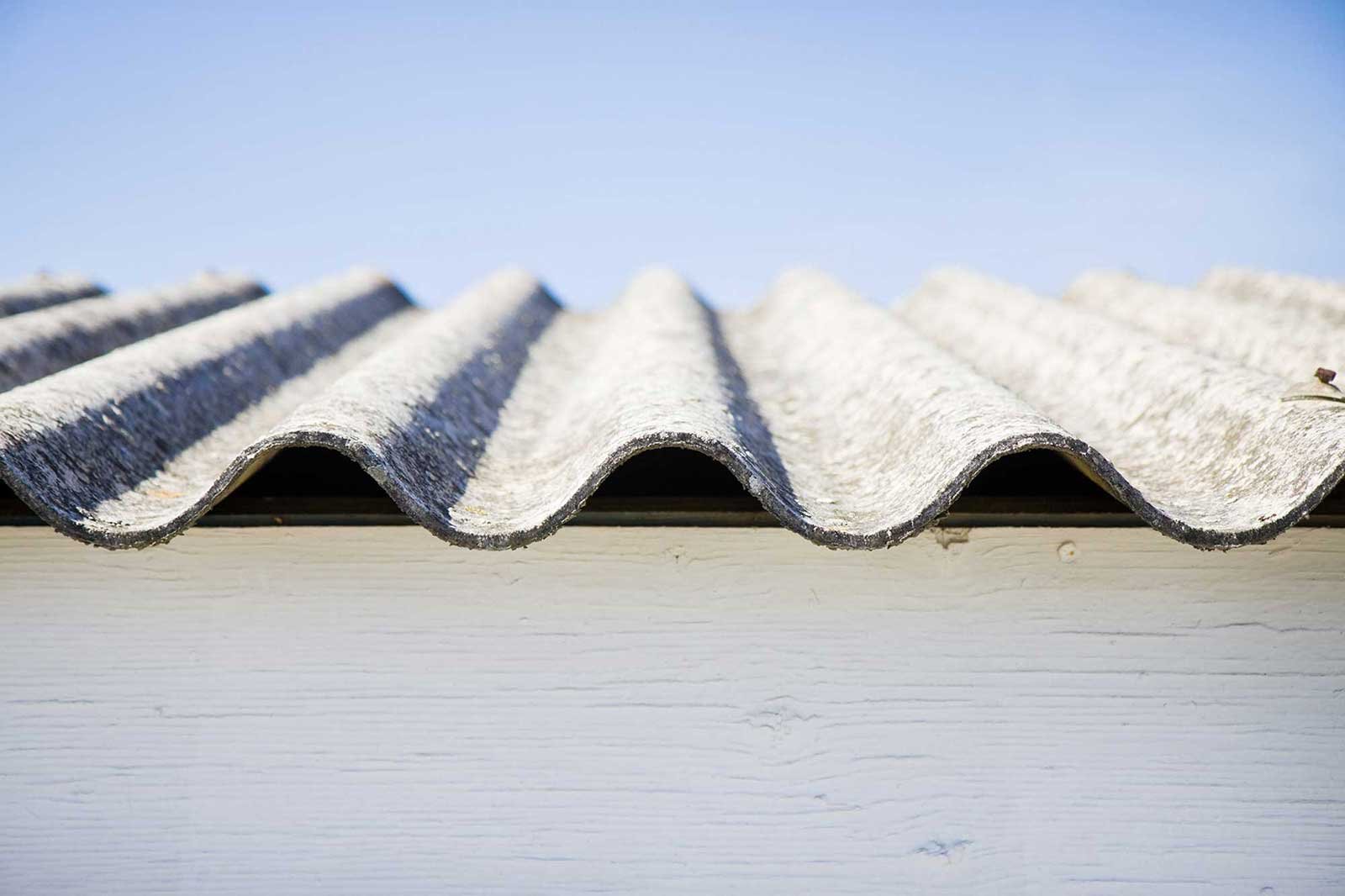





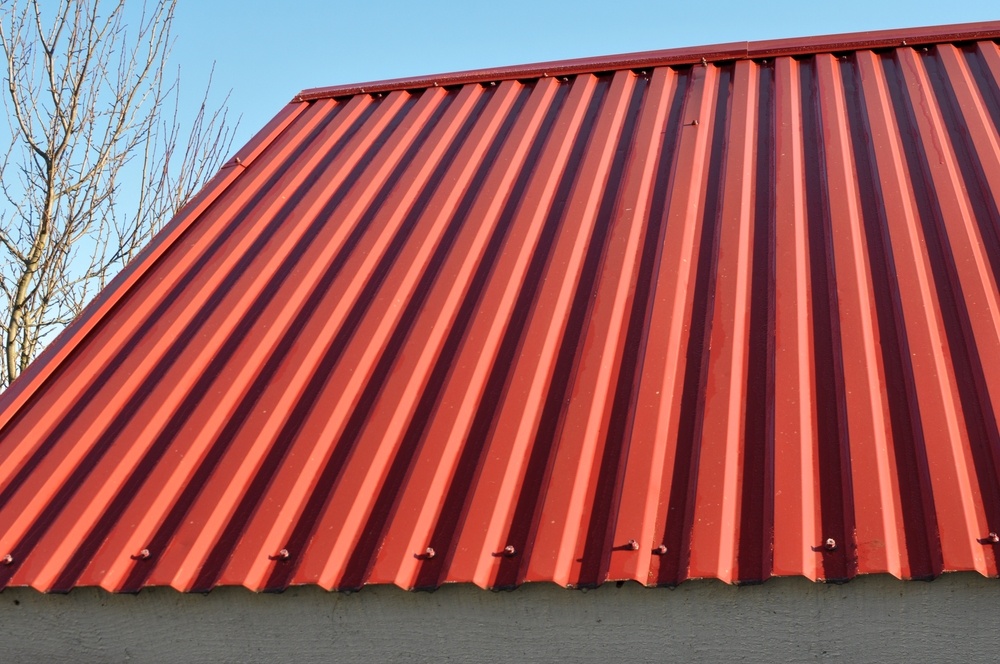
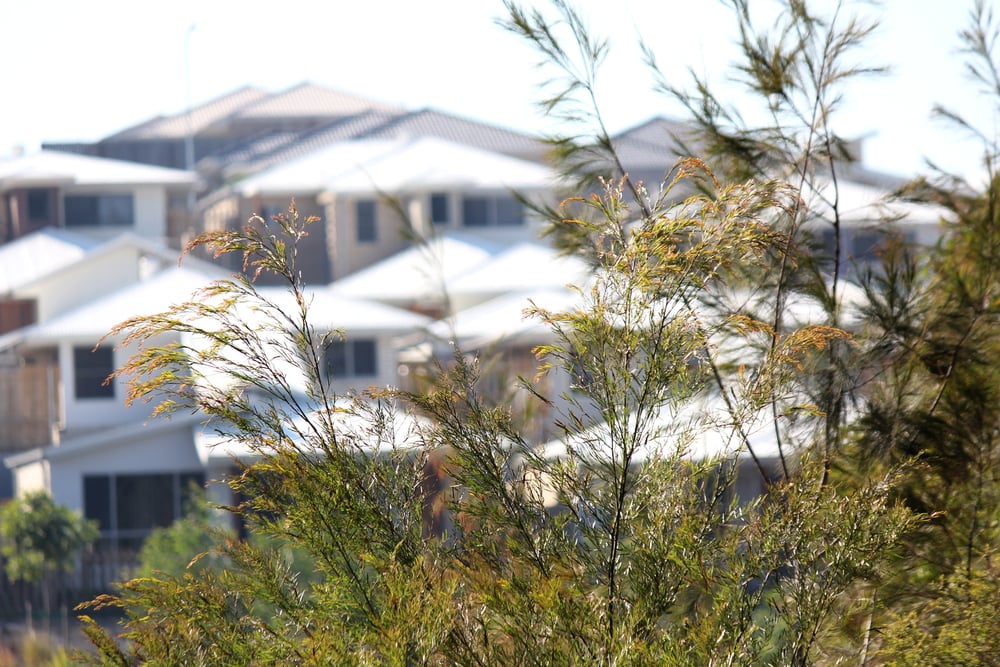

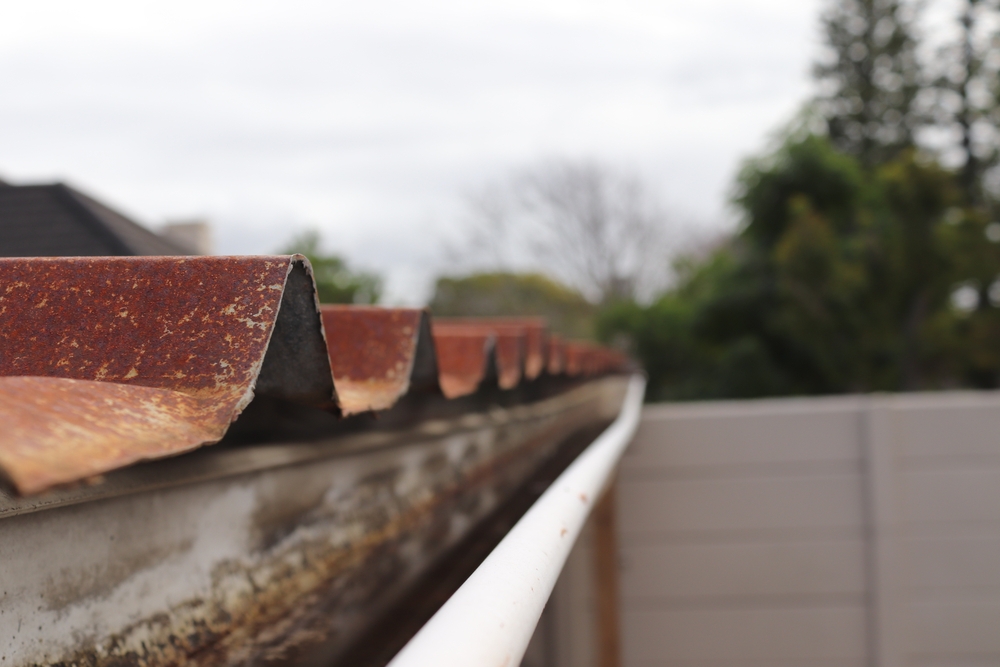
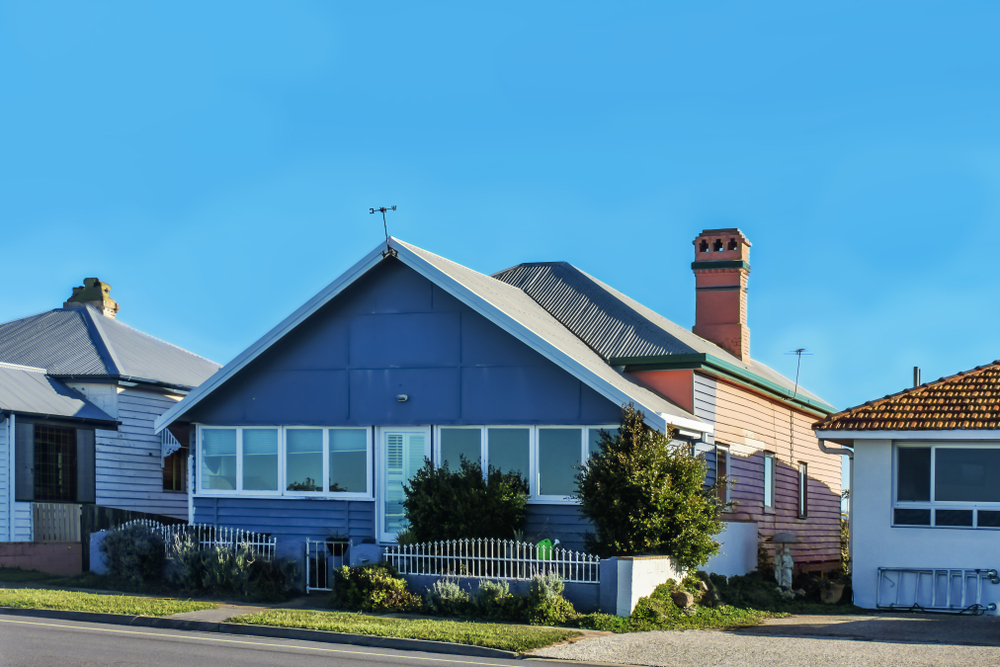
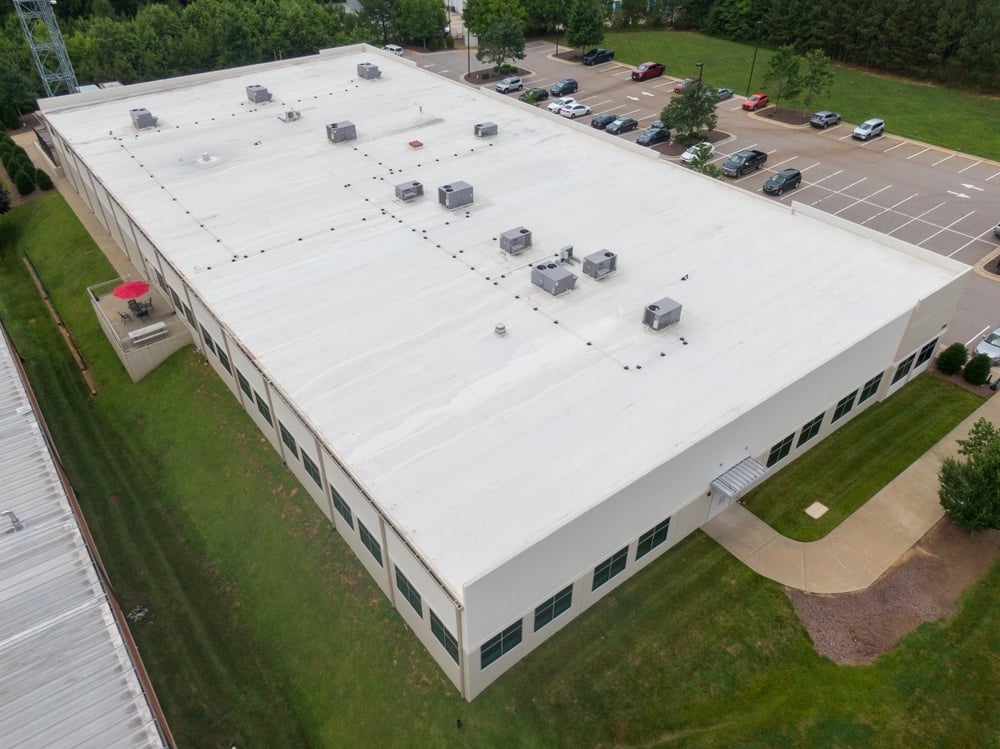
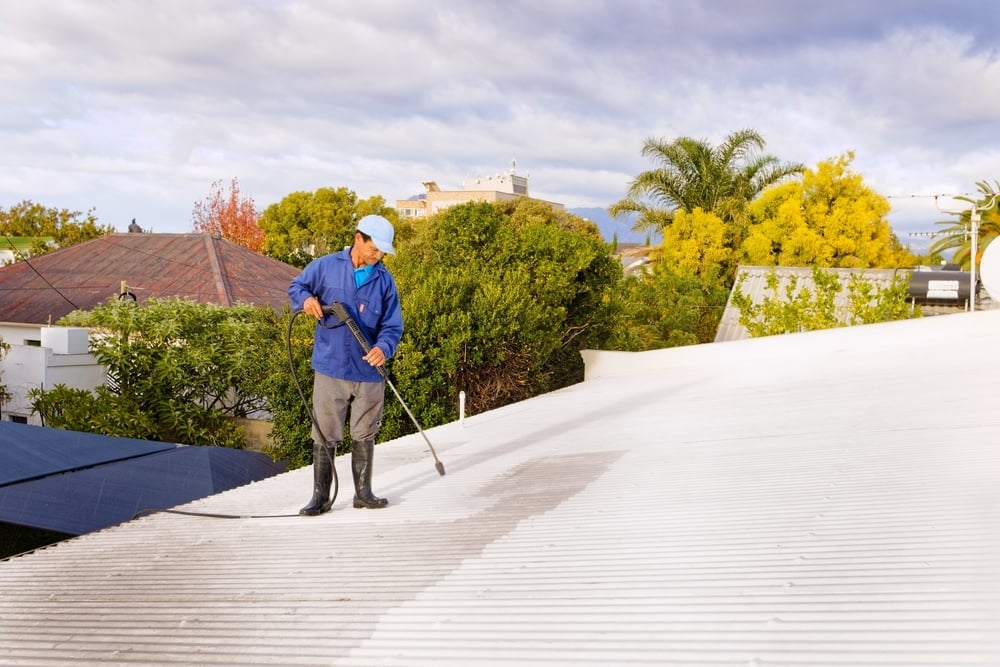
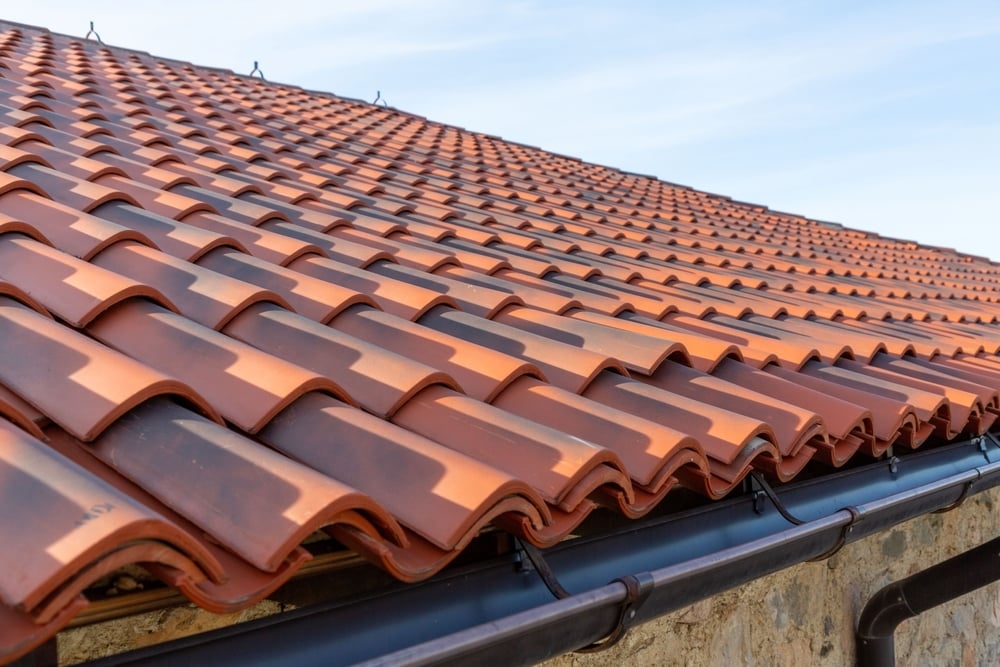
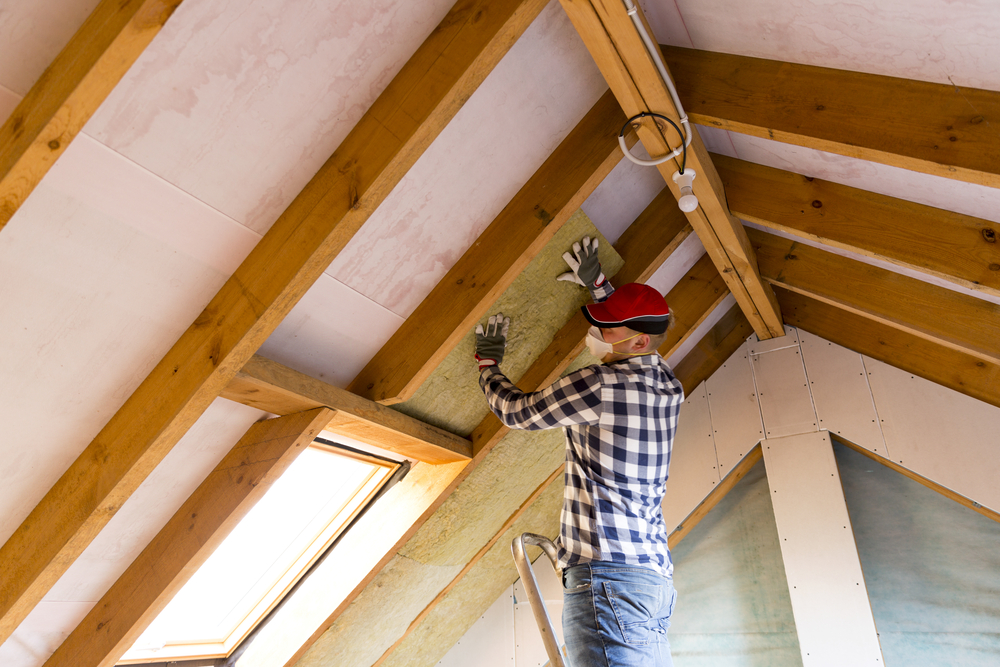
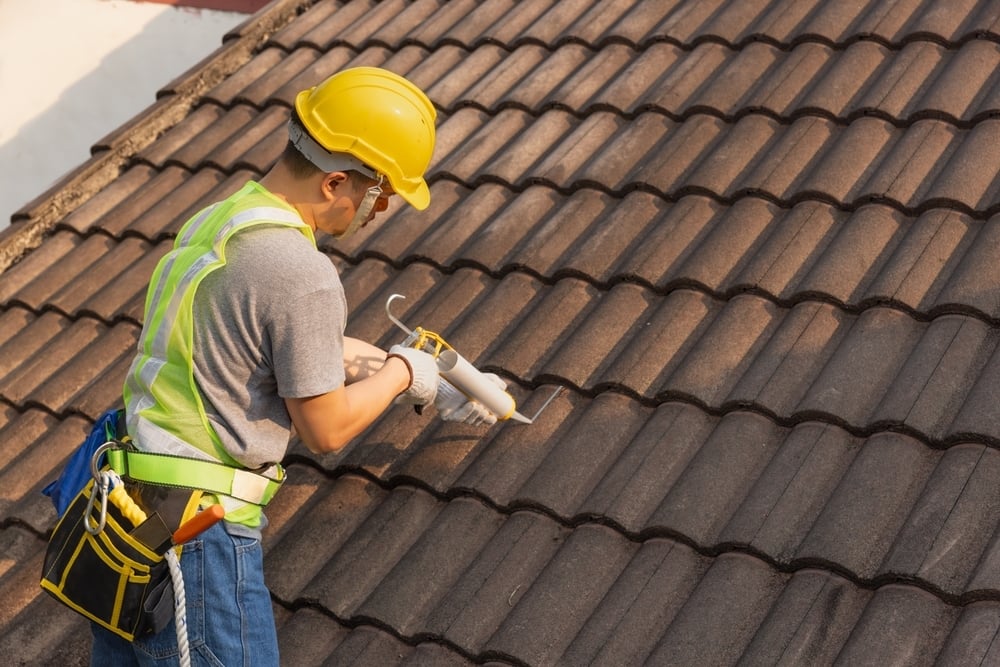
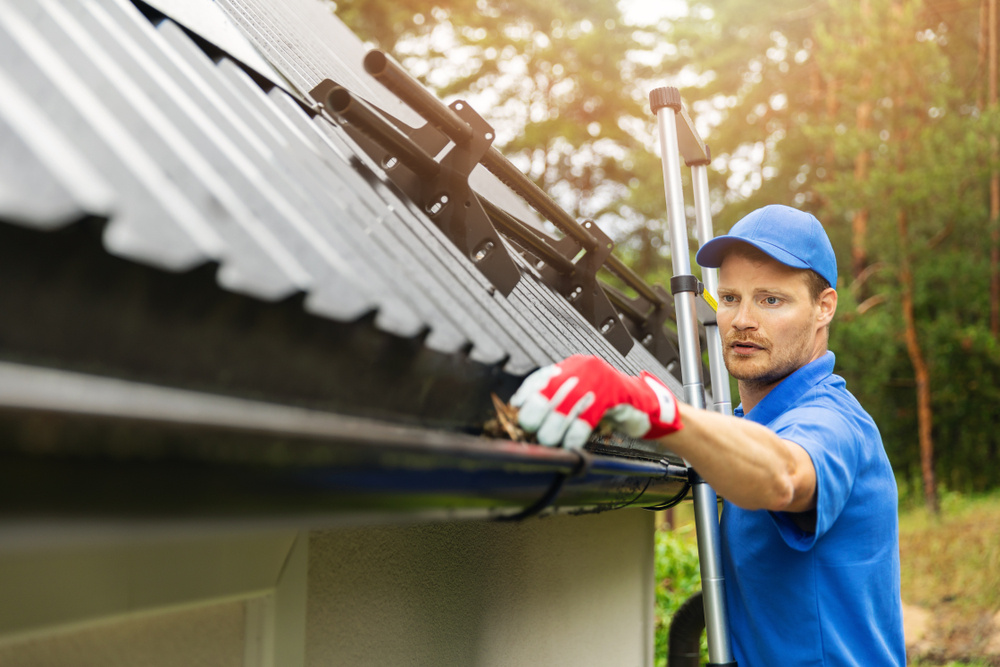

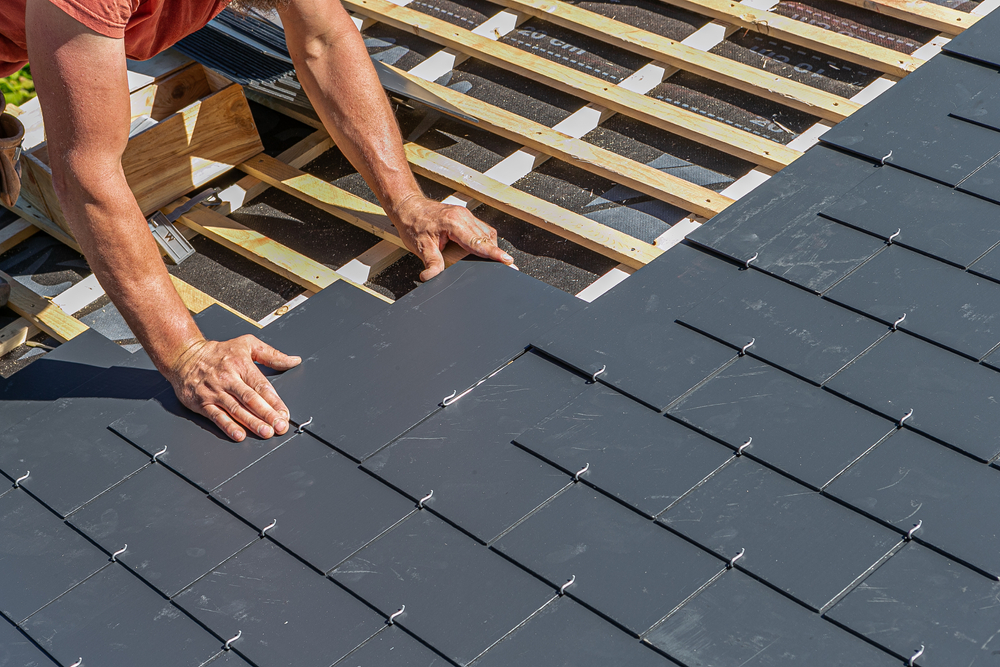
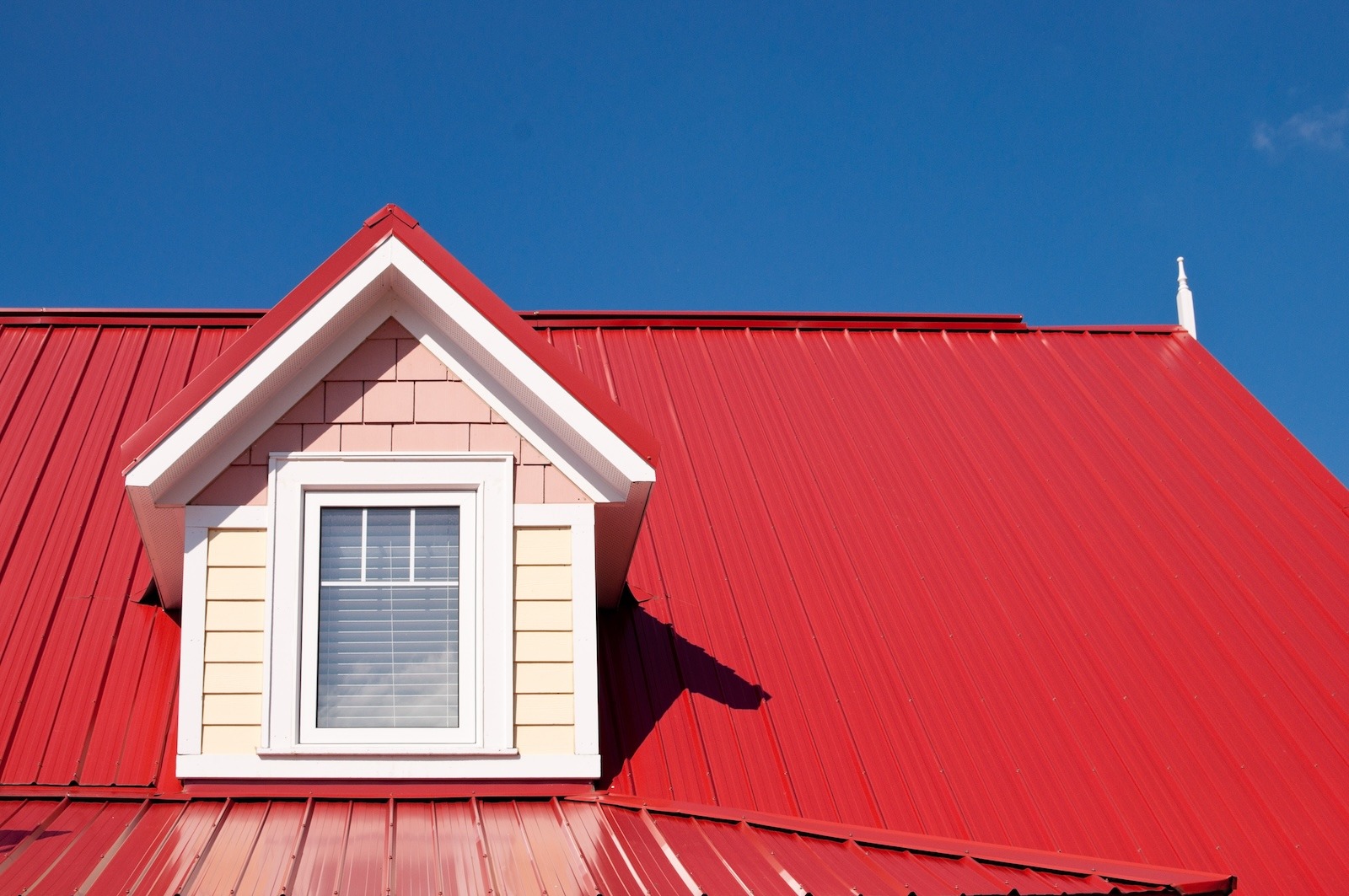
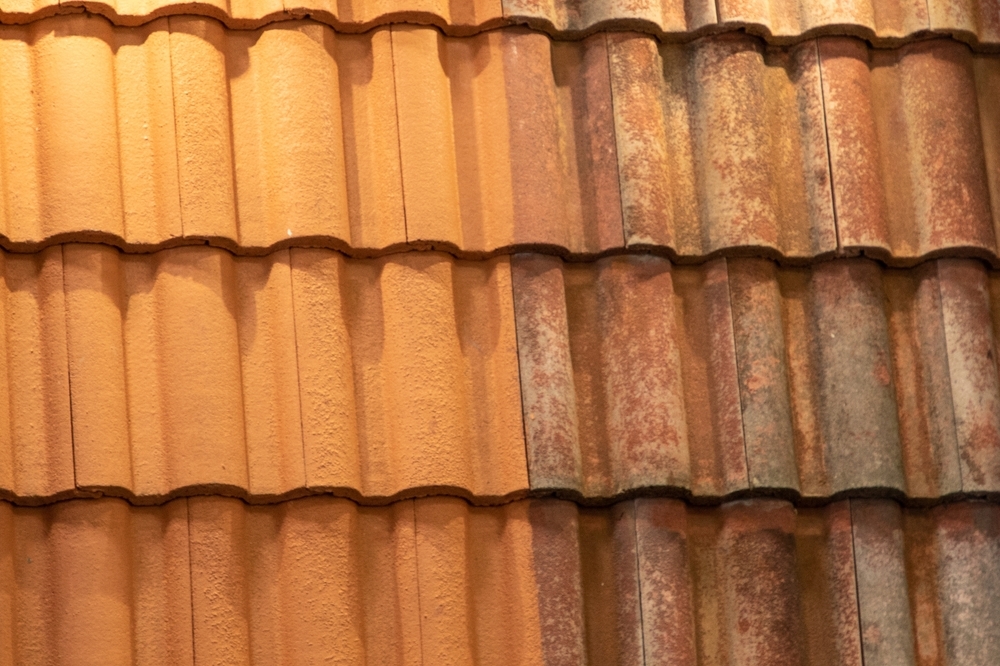
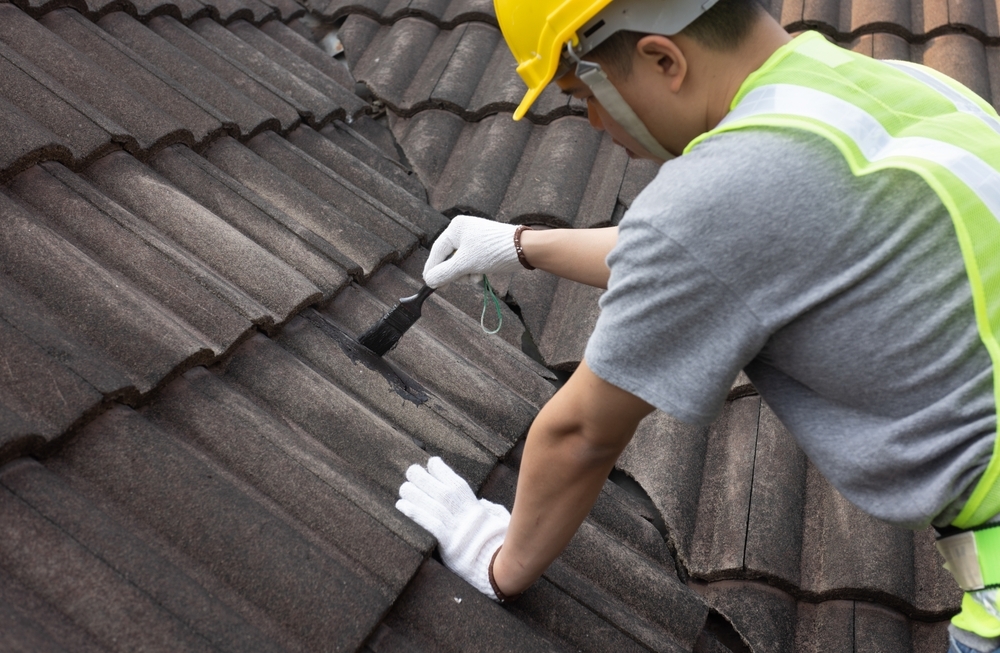
.jpg)
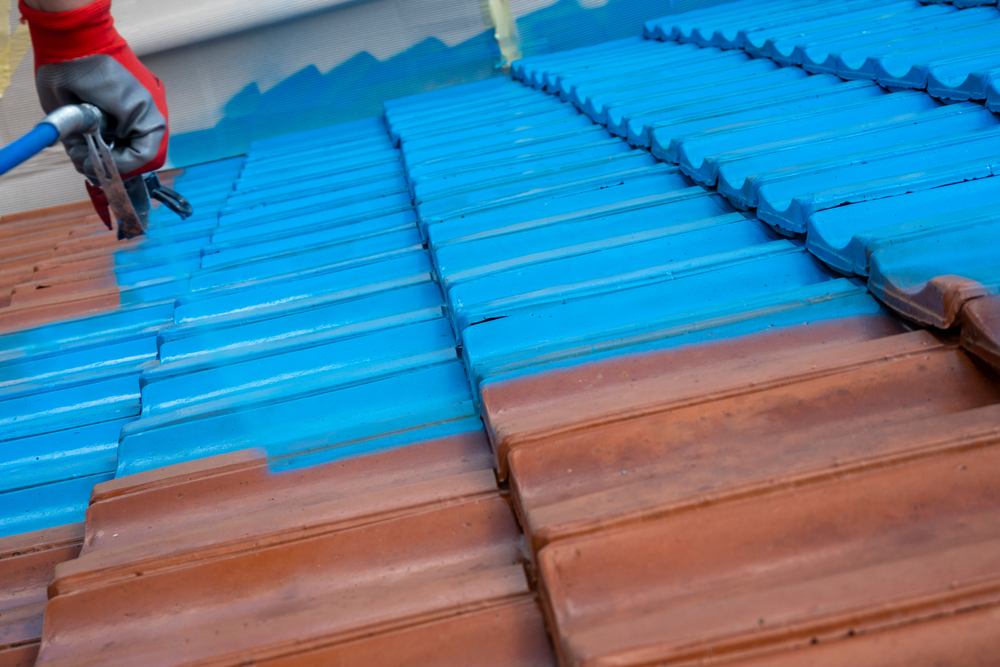
.jpg)
